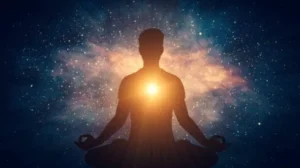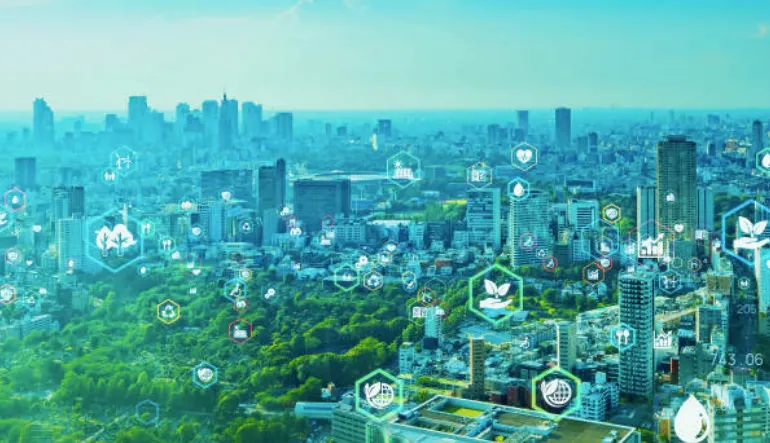As our world grapples with environmental challenges, the pursuit of sustainable living has become more critical than ever. Fortunately, innovative solutions are emerging, offering a glimpse of what the future of eco-friendly living might look like. From sustainable energy sources to smart homes and green transportation, there are exciting developments on the horizon.
Sustainable Energy Solutions
The first step towards sustainable living is transitioning to clean, renewable energy sources. Solar power has made significant strides in recent years. With advancements in photovoltaic technology and energy storage, solar panels are becoming more efficient and affordable. Homeowners and businesses are increasingly harnessing the power of the sun to generate electricity.
Additionally, wind energy is playing a crucial role in the global transition to clean energy. Wind turbines are being built on a massive scale, both onshore and offshore. They are not only environmentally friendly but also economically viable sources of power. Innovations in blade design and turbine technology have made wind energy more reliable and efficient.
Furthermore, energy storage solutions, such as advanced lithium-ion batteries and emerging technologies like solid-state batteries, are revolutionizing the way we store and utilize energy. These advancements make it possible to store excess energy from renewable sources for use during peak demand, reducing our reliance on fossil fuels.
Smart Homes for Sustainable Living
Smart home technology is transforming the way we interact with our living spaces, making it easier to reduce energy consumption and lead a more eco-conscious lifestyle. These innovations are making our homes more energy-efficient, comfortable, and secure.
One of the key components of smart homes is energy management. Smart thermostats, like the Nest Learning Thermostat, can learn your heating and cooling preferences and adjust the temperature accordingly, reducing energy waste. Smart lighting systems, like Philips Hue, allow you to control the lighting in your home remotely and customize it to be more energy-efficient.
Home automation systems, such as Apple's HomeKit or Amazon's Alexa, enable you to control various aspects of your home, from the lights and thermostat to security cameras, all from your smartphone or voice commands. This not only enhances convenience but also helps reduce energy usage by ensuring that devices are only active when needed.
Furthermore, the integration of renewable energy sources, like solar panels, with smart home systems allows for efficient energy management. Excess energy generated by your solar panels can be stored or sold back to the grid, optimizing your home's energy usage and reducing your carbon footprint.
Green Transportation
Transportation is a significant contributor to greenhouse gas emissions, making it a vital area for eco-friendly innovation. Green transportation options are rapidly evolving, offering sustainable alternatives to traditional gasoline-powered vehicles.
Electric vehicles (EVs) are at the forefront of this revolution. Companies like Tesla and traditional automakers are producing electric cars that are not only environmentally friendly but also offer impressive performance. EVs have longer ranges, faster charging times, and are becoming more affordable as technology advances.
Hydrogen fuel cell vehicles are also gaining attention. They use hydrogen gas to generate electricity and emit only water vapor as a byproduct. These vehicles have the advantage of quick refueling and long ranges, making them a promising solution for the future.
Shared mobility services, such as electric scooters and bikes, are becoming popular in urban areas. They provide a convenient and eco-friendly mode of transportation, reducing the need for personal cars in crowded cities. Ride-sharing services with electric or hybrid vehicles further contribute to reducing emissions from the transportation sector.
Conclusion
The future of sustainable living is filled with promise, thanks to eco-friendly innovations that are on the horizon. Sustainable energy solutions, smart homes, and green transportation are key areas where advancements are making a positive impact on the environment and our quality of life. As these technologies continue to develop and become more accessible, we can all play a part in building a more sustainable future for our planet.






